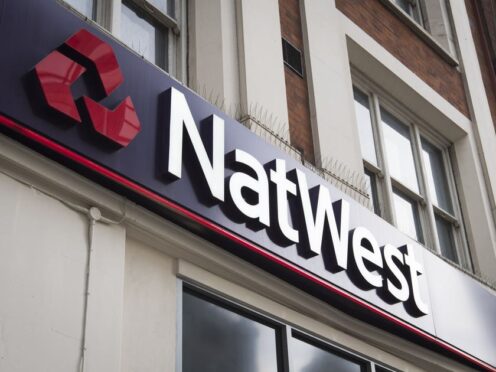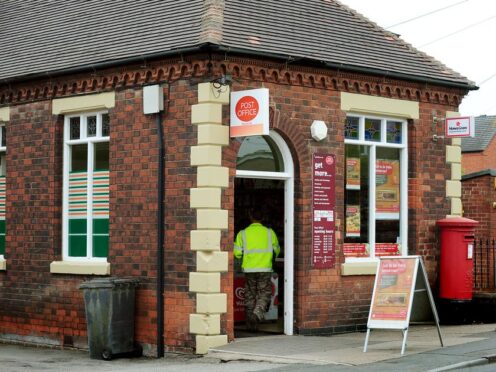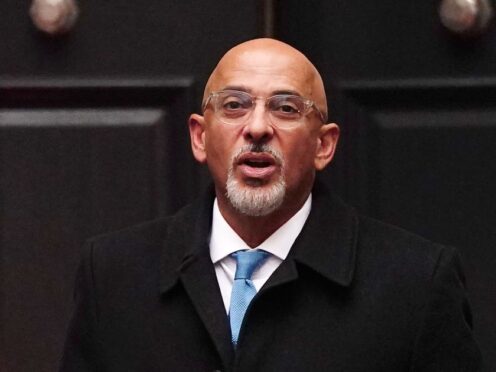Growing older might be inevitable, but so too is the fact that we all handle it differently. For every proud member of the blue-rinse brigade, there’s a cupboard full of anti-wrinkle cream and a hairdresser sworn to secrecy. While some bowl head-first into retirement, ticking activities off a carefully cultivated bucket list, others are eager to enjoy a slower pace of life. Elton John, 76, just finished a five-year-long, 333-show farewell tour, Mick Jagger, 79, may never stop.
-
Some Press and Journal online content is funded by outside parties. The revenue from this helps to sustain our independent news gathering. You will always know if you are reading paid-for material as it will be clearly labelled as “Partnership” on the site and on social media channels.
This can take two different forms.
“Presented by”
This means the content has been paid for and produced by the named advertiser.
“In partnership with”
This means the content has been paid for and approved by the named advertiser but written and edited by our own commercial content team.
Whether you’re ready to put your slipper-adorned feet up, or planning on growing old disgracefully, it’s common to have concerns about what will happen to your assets in your later years – particularly if you need to go into residential care – and on your death. Below, we consider some of the relevant costs and discuss possible strategies for managing your exposure.
Residential care costs
If you own assets above a certain level (currently £32,750), you will be deemed liable for meeting your own care home fees, and it may become necessary to sell the family home if you have insufficient other assets available to meet those costs.
This is a particularly daunting prospect for many, with both a sentimental attachment to the family home and a strong desire to leave the property as a ‘nest egg’ for the next generation. With that in mind, it’s common to seek advice on how you might ensure that your home is taken out of the equation when the local authority undertakes its financial assessment.
If you intentionally deprive yourself of a capital asset to reduce your contribution towards care home costs, the local authority can look through that, and try to recover the asset. That’s why protecting your home is not as simple as just transferring it out of your name (either to an individual or to a trust).
However, it is still possible to make use of a trust structure to protect your home, and one key example would be the inclusion of a liferent trust within your Will. This means that, when you die, your surviving spouse retains the right to live in the house, but they are not the ultimate owner of your share (which will usually be one-half), as someone else is the ultimate beneficiary under your Will.
To undertake the financial assessment for care home fees in respect of your surviving spouse, the local authority will value the home at its current market value and typically, but not always, there is little value in selling half of a home. This could therefore serve to reduce your spouse’s assets to a level which entitles them to assistance with care home costs and prevents the need for them to sell the property.
The rules around financial assessments and liability for care home costs are complex. The structure outlined above is just one method of potentially protecting your home, and it is important to seek quality professional advice to ensure that any actions taken are compliant with the rules and suitable for your personal circumstances.
Inheritance Tax
Although care home costs might be your first consideration for preserving your assets, Inheritance Tax (IHT) is another important factor worth monitoring. Paid on the estate of someone who has died, IHT is usually charged at a rate of 40% on assets over the basic threshold (or “nil rate band”) of £325,000, although there are a number of further reliefs and allowances which might be available.
When done properly, gifting during the course of your life can be a straightforward but effective tool in IHT planning. It can serve to reduce the overall value of your estate and, therefore, the proportion of your estate exposed to IHT upon your death. Although standard birthday, Christmas and wedding gifts are always exempt from IHT, each individual also has an annual tax-free gifting allowance of £3,000. Using this allowance year-on-year can serve to chip away at excess capital over the course of your lifetime.
Making more significant gifts is likely to engage a more complex set of rules, and it is always advisable to take professional advice before using valuable assets as part of a tax-planning exercise.
Shepherd & Wedderburn’s Private Wealth and Tax Team are well-versed in the complexities of succession planning, both in connection with care home costs and Inheritance Tax. Should you wish to discuss these matters in the context of your own circumstances, they will be only too happy to help.












